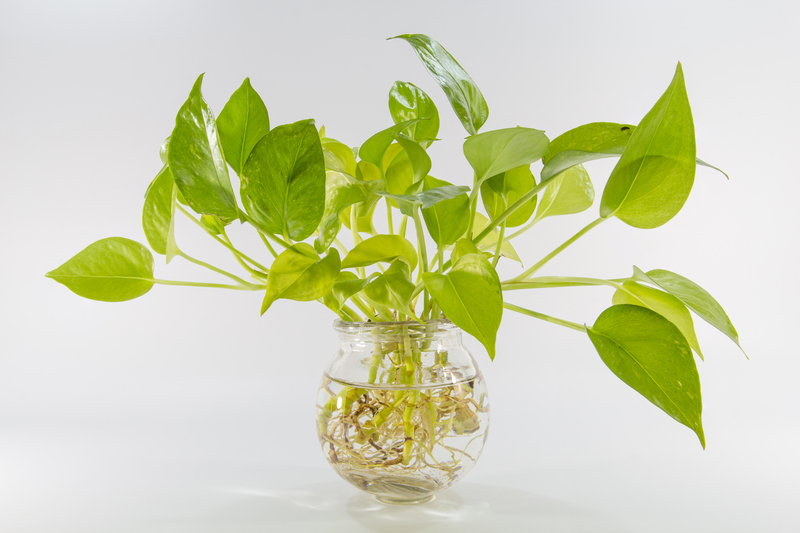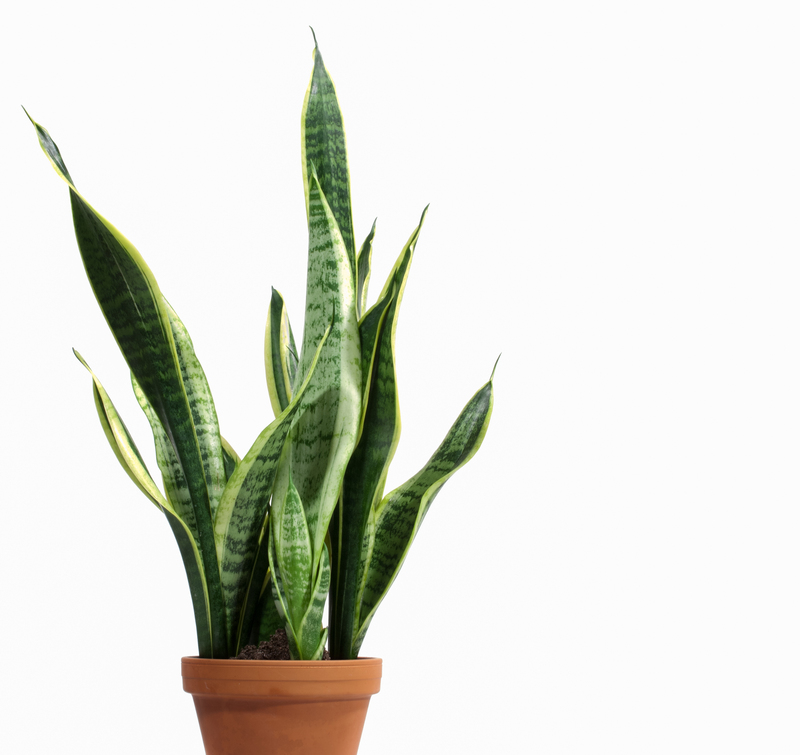How to Keep Your Lawn Lush During Summer Drought Conditions
When temperatures soar and rainfall becomes scarce, maintaining your lawn's vibrant green appearance can seem like an uphill battle. Ensuring your lawn stays lush during summer drought conditions requires thoughtful planning, reliable techniques, and sustainable habits. In this comprehensive guide, you'll discover actionable steps, recommended grass types, and timely maintenance tips that empower you to protect your yard's health and beauty throughout the hottest, driest months of the year.
Understanding the Impact of Drought on Lawns
Drought situations put significant stress on turfgrass by depriving it of the moisture necessary for growth and resilience. Lawns often turn brown, thin out, and become susceptible to weeds and pests during these challenging periods. But with the right approach, you can cultivate a drought-resistant lawn that remains lush, green, and healthy even during extended dry spells.
Why Do Lawns Suffer During Summer Droughts?
High temperatures and lack of rainfall cause soil moisture to evaporate rapidly, leaving grassroots undernourished. Compounding the issue, municipal water restrictions often reduce irrigation frequency. Additionally, some grass types are more sensitive to drought, quickly going dormant or dying back altogether. Understanding these challenges is the first step in developing an effective strategy for summer lawn care during drought conditions.

Selecting the Right Grass for Drought-Prone Regions
An essential aspect of keeping your lawn lush in drought is selecting turfgrass varieties that naturally withstand dry conditions. Consider overseeding or sodding with species adapted to your local climate. Here are some popular options for drought-tolerant grasses:
- Bermudagrass - Thrives in hot climates and recovers quickly from drought stress.
- Zoysiagrass - Features excellent drought and heat resistance, as well as slower growth (less mowing!).
- Buffalograss - Native to North American prairies and highly efficient with water use.
- Fescue (Tall and Fine) - Especially the "turf-type tall fescue" cultivars, which are more drought-tolerant than traditional types.
- St. Augustinegrass - Performs well in warm climates and tolerates some periods of dryness.
Smart Watering Techniques for Summer Survival
Watering is the most critical factor in maintaining a green lawn during drought. However, more water is not always better--efficient irrigation makes all the difference.
Deep and Infrequent Watering
Water deeply but less frequently to encourage grassroots to grow deeper into the soil, where moisture remains longer. Frequent shallow watering fosters shallow roots and weak turf. Aim for:
- Applying about 1 inch of water per week (including rainfall), ideally in one or two sessions.
- Watering early in the morning (before 9 a.m.) to minimize evaporation and fungal diseases.
- Monitoring your soil by probing 6 inches deep; if moist, skip watering for a day or two.
Adopting Proper Irrigation Methods
- Drip or Soaker Hoses: Target water directly to roots, reducing waste and evaporation.
- Smart Irrigation Controllers: Sync watering with weather forecasts or soil moisture levels.
- Rain Barrels: Capture rainwater for supplemental irrigation during prolonged drought.
Lawn Mowing Tips for Drought Resistance
Mowing practices can dramatically influence your lawn's health under drought stress. Here's how to adjust your approach in the heat of summer:
- Mow Less Frequently: Allow grass to grow taller. Taller blades shade the soil, reduce evaporation, and develop deeper roots.
- Raise the Mower Height: Keep your grass about 3-4 inches tall for most species.
- Sharp Blades Only: Dull mower blades tear rather than cut, causing stress and water loss.
- Mulching Mowers: Recycle grass clippings back onto the lawn for natural moisture and nutrient return.
Avoid mowing during heatwaves or when the lawn is under severe drought stress; let the grass rest and recover instead.
Soil Improvement for Enhanced Water Retention
Soil quality plays a massive role in your ability to keep your lawn green during a drought. Healthy, well-aerated soil retains more moisture and promotes deep root growth.
- Core Aeration: Relieve compaction and allow water/nutrients to penetrate deeply by aerating your lawn annually, preferably in spring or early summer.
- Topdressing with Compost: Apply a thin layer of organic compost to introduce beneficial microbes and boost water-holding capacity.
- Add Organic Matter: Encourage earthworms and soil life by leaving grass clippings and occasionally applying organic mulches.
- Corrective Amendments: Test your soil pH and apply lime or sulfur if needed; drought-stressed lawns benefit from balanced soil chemistry.
Fertilizing Wisely During Dry Spells
Many homeowners erroneously believe that extra fertilizer helps "green up" a brown lawn. In fact, excessive fertilization during drought can do more harm than good.
- Hold Off on Heavy Feeding: Suspend regular applications of high-nitrogen fertilizers until the drought breaks.
- Apply Slow-Release or Organic Fertilizer: If you must fertilize, opt for gentle, slow-release products that won't burn grass roots or demand extra watering.
- Avoid "Weed & Feed" Products: Herbicides can further stress turfgrass during extreme summer heat and drought.
Mulching and Natural Moisture Retention
Mulching creates a protective barrier that helps soils retain valuable moisture and moderates soil temperature.
- Grass Clipping Mulch: Let your mower's mulcher return clippings to the lawn.
- Compost or Wood Chip Borders: Apply mulch along garden beds and tree rings to prevent moisture loss from adjacent turf areas.
Proactive Weed and Pest Management
Drought-weakened grass is vulnerable to weeds and pests, which further draw nutrients and moisture away from turf.
- Hand Pull Weeds Regularly: Remove invaders promptly before they seed or spread.
- Avoid Chemical Herbicides: Chemicals can stress your lawn; favor manual or organic methods during drought.
- Inspect for Grubs or Insects: Drought-stressed roots are easy targets for pests. Apply beneficial nematodes or approve insect control methods if needed.
Drought Lawn Care Schedule: Month-by-Month
Adhering to a seasonal care calendar enhances drought resilience. Here's a simplified timeline:
- Late Spring/Early Summer: Aerate soil, overseed with drought-tolerant varieties, and adjust mower height upward.
- Mid-Summer: Water deeply and infrequently, mulch, and cease non-essential fertilization. Treat weeds manually.
- Late Summer: Monitor soil health, apply topdressing, and prepare for fall overseeding if necessary.
Embrace Lawn Alternatives for Ultimate Drought Resilience
For regions facing chronic drought, consider landscaping alternatives or partial "xeriscaping" to reduce your reliance on traditional turf. Popular options include:
- Clover lawns (Microclover): Stay green with minimal water and require little mowing.
- Ornamental Grasses: Many varieties are drought-tolerant and add visual appeal.
- Ground Covers: Such as sedum, thyme, and creeping juniper that need little irrigation once established.
- Native Plants and Wildflower Meadows: Attract pollinators, conserve water, and minimize upkeep.

Frequently Asked Questions (FAQs) on Maintaining Lush Lawns During Drought
How long can my lawn survive without water?
Most established lawns can survive 3-4 weeks without watering by entering a state of dormancy. This process conserves resources until rainfall returns. However, extended drought requires proactive care and potentially overseeding with more drought-tolerant species.
Should I let my lawn go brown in a drought?
Allowing your lawn to go dormant (brown) is a natural survival strategy that protects roots. As long as you water occasionally--about once every 3-4 weeks--your grass will revive when favorable conditions resume. For those wanting year-round green, overseeding with drought-resistant grass in spring or fall is ideal.
How often should I water my lawn during a drought?
Water deeply but infrequently, applying about 1 inch of water per week (including rainfall). Morning irrigation is key to minimize evaporation and fungal risk. Avoid shallow, frequent watering.
Is mulching beneficial during drought?
Yes! Mulching--either with grass clippings or organic materials--insulates the soil, retains moisture, and curbs weed growth. It's one of the most effective strategies to keep your lawn lush during hot, dry periods.
Conclusion: Achieve a Drought-Proof Lush Lawn
Maintaining a gorgeous, lush lawn in summer drought conditions is entirely possible with the right approach. Choose drought-tolerant turf varieties, practice strategic watering, improve soil structure, adjust mowing habits, and embrace natural mulching to maximize moisture retention. By adopting these smart, eco-friendly practices, your yard will not only survive but thrive--delivering lasting beauty while conserving precious water resources.
Invest in resilient lawn care and watch your green oasis outshine the heat, year after year.



